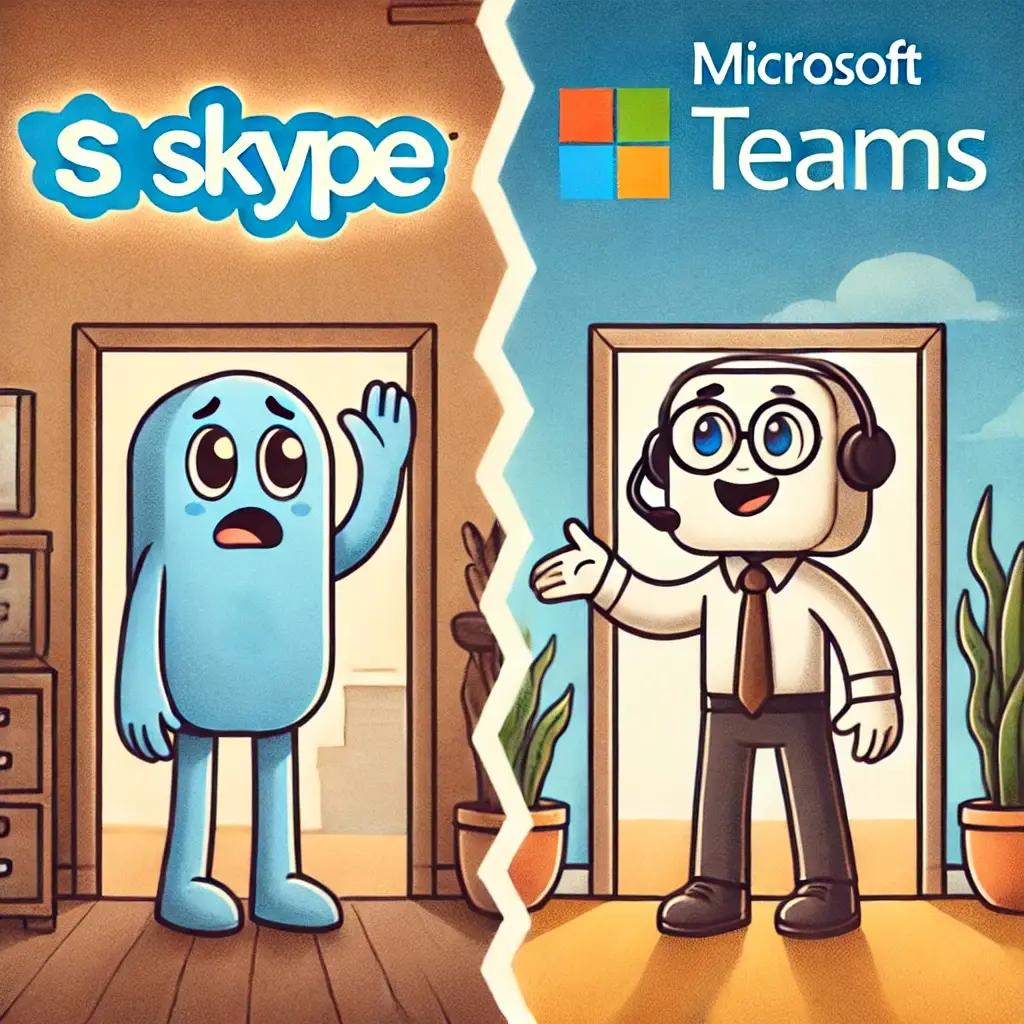Improving productivity in the office often comes down to choosing the right tools. In today’s fast-paced digital environment, having effective technology can make all the difference. Here are some essential tech tools every business should have, along with practical tips on how to use them to boost productivity:
Tech Tip 1: Project Management Tools
Utilise project management tools like Trello, Asana, or Monday.com to streamline tasks and keep your team organised. These platforms allow you to assign tasks, set deadlines, and visually track project progress, significantly improving teamwork and accountability.
Tech Tip 2: Communication and Collaboration Tools
Effective communication is essential for productivity. Tools such as Slack, Microsoft Teams, or Zoom help teams communicate instantly through messaging, video calls, and file sharing. These tools minimise the need for lengthy emails and keep communication clear and concise.
Tech Tip 3: Cloud Storage Solutions
Cloud storage platforms like Google Drive, Dropbox, or OneDrive allow your team to access, share, and collaborate on documents seamlessly. Cloud storage ensures important documents are secure, backed up, and accessible from any device, enhancing productivity and flexibility.
Tech Tip 4: Automation and Workflow Tools
Automating repetitive tasks can significantly boost efficiency. Tools like Zapier, Microsoft Power Automate, or IFTTT help automate routine activities such as email responses, data entry, and social media posts, allowing employees to focus on more important tasks.

Tech Tip 5: Time Management and Tracking Tools
Time management is crucial for maintaining productivity. Apps like RescueTime, Toggl, or Harvest track time spent on tasks, provide insights into productivity habits, and help identify areas for improvement.
Tech Tip 6: Security and Antivirus Solutions
Protecting your business data is vital for uninterrupted productivity. Invest in reliable cybersecurity tools such as Bitdefender. Regular updates and security protocols ensure your systems remain secure and your operations continue smoothly.
Tech Tip 7: Password Management Tools
Using password management tools like LastPass, 1Password, or Dashlane can help employees securely store and manage passwords. This minimises security risks and reduces downtime caused by forgotten passwords or account lockouts.
Tech Tip 8: Enhanced Email Management
Manage your emails efficiently using tools like Microsoft Outlook, Gmail productivity extensions (e.g., Boomerang or Mailtrack), or SaneBox. These tools help prioritise emails, schedule responses, and maintain a clutter-free inbox.
Implementing these productivity-enhancing tech tools can streamline your workflow, improve collaboration, and ensure smooth business operations.
For personalised advice and to integrate these solutions seamlessly into your existing IT infrastructure, contact CK Computer Solutions – Managed IT Services Dublin today.








